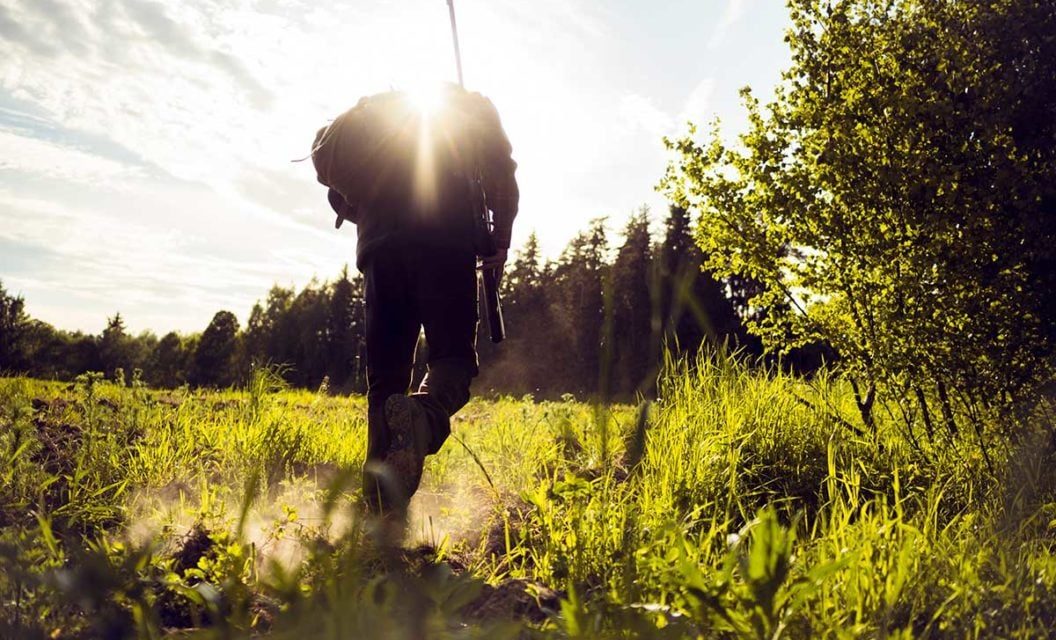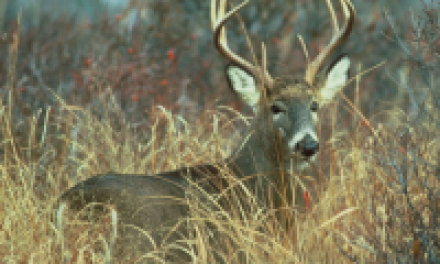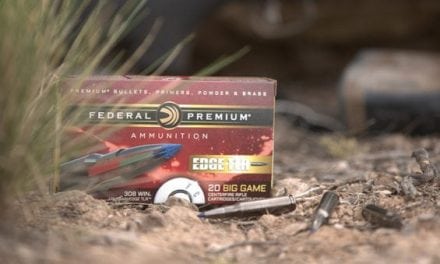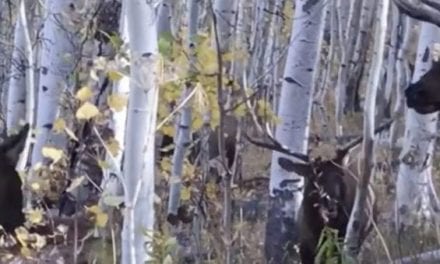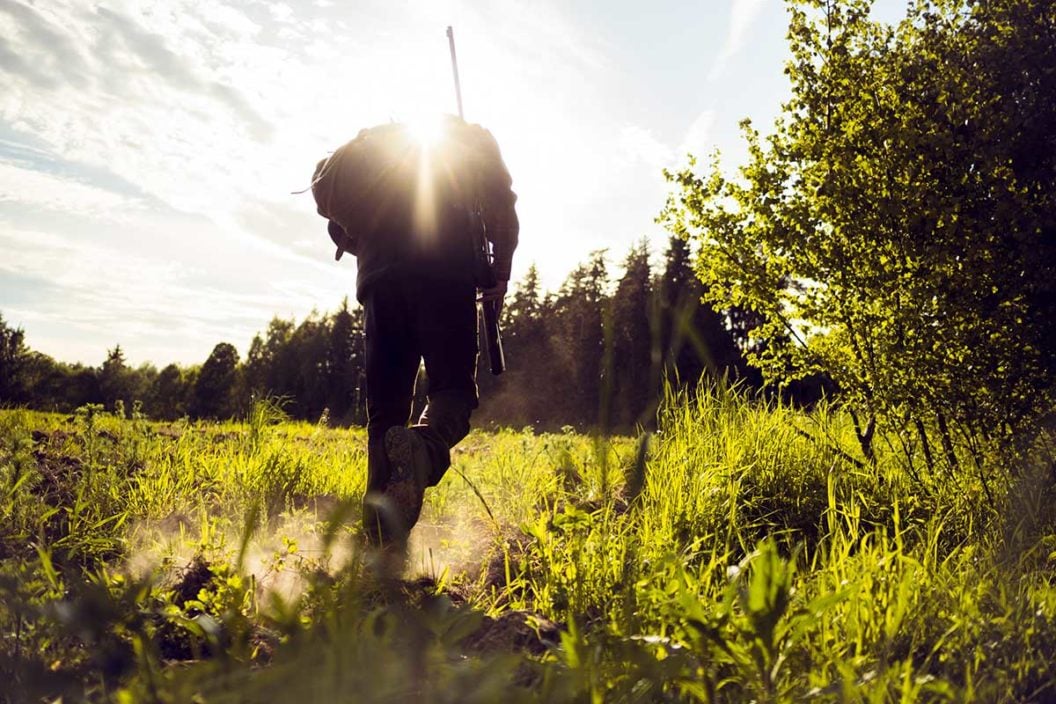
When the old timers tell me their deer hunting stories, they often follow a specific pattern. Many involve frosty, cold November mornings sitting atop a wooden ladder stand on either an old logging road or on the edge of a small green field. Images of a half-rotten, ready-to-break platform come to mind. That stand hasn’t been moved (or maintained) in decades and could tell a thousand stories about the hunters who have graced it. The old timers rarely hunted anywhere else. That was their stand for every hunt of the season, and in their mind there was no need for change.
Over the last couple decades we have seen an evolution in deer hunting, with tactics and overall hunting ideologies rapidly changing. We’ve seen a bigger emphasis put on hunting mature bucks, and many are making whitetail management a year-round effort. Hardcore scouting and various management tasks dominate whitetail hunters’ schedules. These are things old timers rarely troubled themselves with.
While we have seen a big shift across the board, one of the most significant changes has been the move to the mobile hunting mindset. While you can’t fault hunters of the past for sitting on that old wooden ladder stand all season long, finding big, mature bucks will often require a different strategy. The message is that if you want to kill big bucks you have to become a mobile deer hunter.
Being Mobile Promotes Adaptability
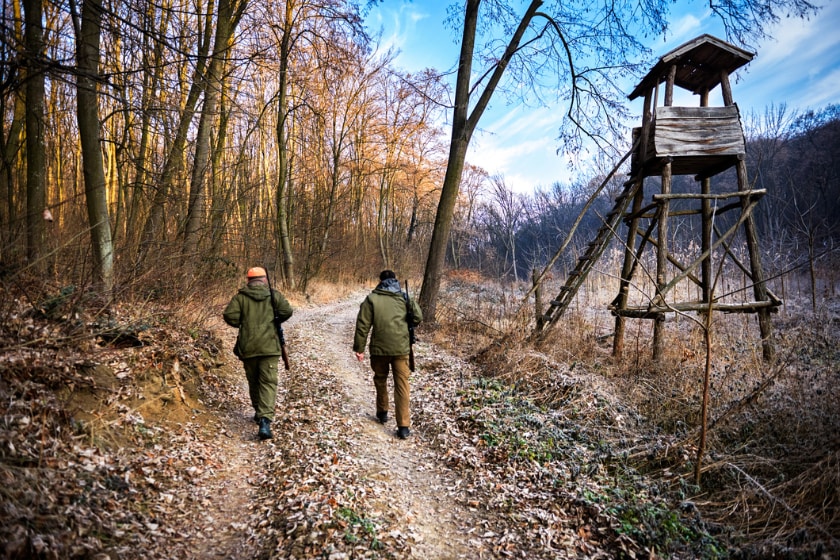
Deer season spans the majority of fall and early winter. A lot changes in a whitetail’s ecosystem in those months, like mast sources, green food sources, and bedding cover. Being mobile allows you to adapt to the deer’s current needs. Are they keying in on acorns? Set up on a white oak patch. Are they feeding on winter wheat? Hunt a food plot edge. Are the deer moving to deeper cover? Trying focusing on a bedding area. You can’t really do any of that if you’re stuck in one spot.
Just like the changes of season make deer act different, so too does their biological calendar. Early season, pre-rut, rut, post-rut, and late season all bring out different behavior in whitetails. Being mobile allows you to move as the deer move. Not seeing bucks on food sources during the rut? They’re probably looking for estrus does, so hunting near a bedding area or a travel corridor would be a great option.
One huge factor I haven’t mentioned yet is pressure from other hunters. This is very important if you hunt public land or other highly-pressured properties. Being mobile allows you to escape the crowds and find spots where the deer are more comfortable moving in the daytime. If you sit in one stand religiously and wait for the deer to come to you, you are contributing to the increased pressure, and possibly even educating your deer.
Mobile Hunting Benefits Outweigh the Risks
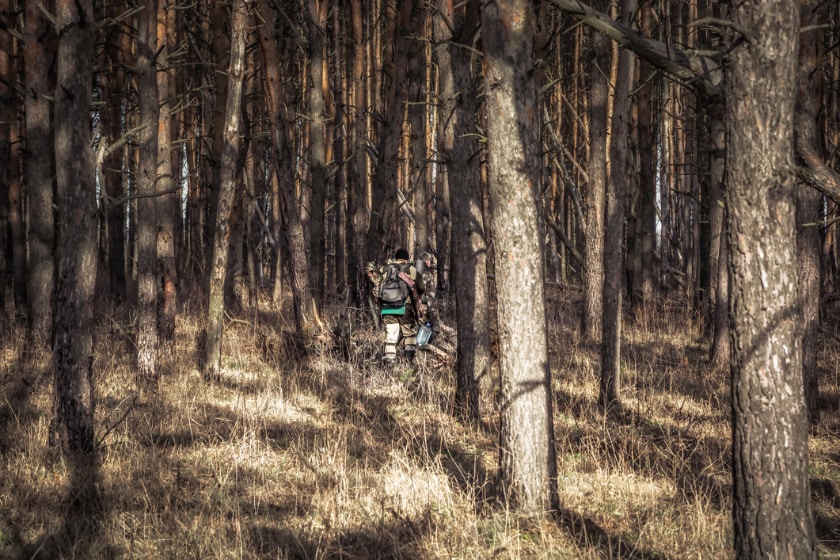 Staying mobile allows you to leave as few indicators of your presence as possible. While being mobile doesn’t mean you can never hunt the same spot twice in a row, it does mean that you should move rather quickly to keep up with the deer and avoid burning out that spot. Keeping deer clueless to the fact that they are being hunted is an advantage, and that leads to killing mature deer.
Staying mobile allows you to leave as few indicators of your presence as possible. While being mobile doesn’t mean you can never hunt the same spot twice in a row, it does mean that you should move rather quickly to keep up with the deer and avoid burning out that spot. Keeping deer clueless to the fact that they are being hunted is an advantage, and that leads to killing mature deer.
Utilizing a mobile strategy also forces you to learn new things about your property, your gear, your deer herd, and your mental fortitude. What are the deer doing? Where is the food? Where is the bedding cover? Are they getting pressured? Utilizing a mobile hunting strategy not only helps you answer these questions, but helps you capitalize on your discoveries. Stay in shape, stay in tune, and stay in the game by becoming a mobile deer hunter this fall.
READ MORE: The Great Mobile Treestand Hunting Debate: Saddle vs. Hang-On vs. Climber
The post Mobile Hunting is King: Why the Days of Sitting in One Stand All Season Should Be Long Gone appeared first on Wide Open Spaces.

